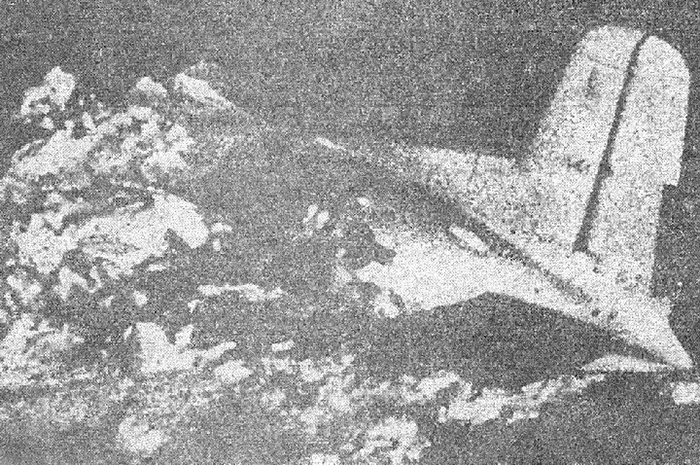Country
code
Seoul (서울)
Crash of a Boeing 747-4B5 in Seoul
Date & Time:
Aug 5, 1998 at 2201 LT
Registration:
HL7496
Survivors:
Yes
Schedule:
Tokyo - Jeju - Seoul
MSN:
26400
YOM:
1996
Flight number:
KE8702
Crew on board:
16
Crew fatalities:
Pax on board:
379
Pax fatalities:
Other fatalities:
Total fatalities:
0
Circumstances:
Originally, the flight was a direct one from Tokyo-Narita to Seoul but due to poor weather conditions at destination, the crew diverted to Jeju. The aircraft departed Jeju Airport at 2107LT on the final leg to Seoul-Gimpo Airport. At destination, weather conditions were still poor with heavy rain falls and wind from 220 gusting to 22 knots. After touchdown on runway 14R, the crew started the braking procedure but the aircraft deviated to the right and veered off runway. While contacting soft ground, the aircraft lost its undercarriage and came to rest. All 395 occupants evacuated, among them 20 were slightly injured. The aircraft was damaged beyond repair.
Probable cause:
It was determined that the loss of control after touchdown was the consequence of the captain's misuse of the thrust reverser during the landing roll and his confusion over crosswind conditions. Investigations revealed that after touchdown, the n°1 engine thrust reverser did not deploy because the n°1 engine power lever's position did not allow the reverser to be deployed. The following contributing factors were identified:
- Poor weather conditions,
- Cross wind component,
- Wet runway surface,
- Poor braking action.
- Poor weather conditions,
- Cross wind component,
- Wet runway surface,
- Poor braking action.
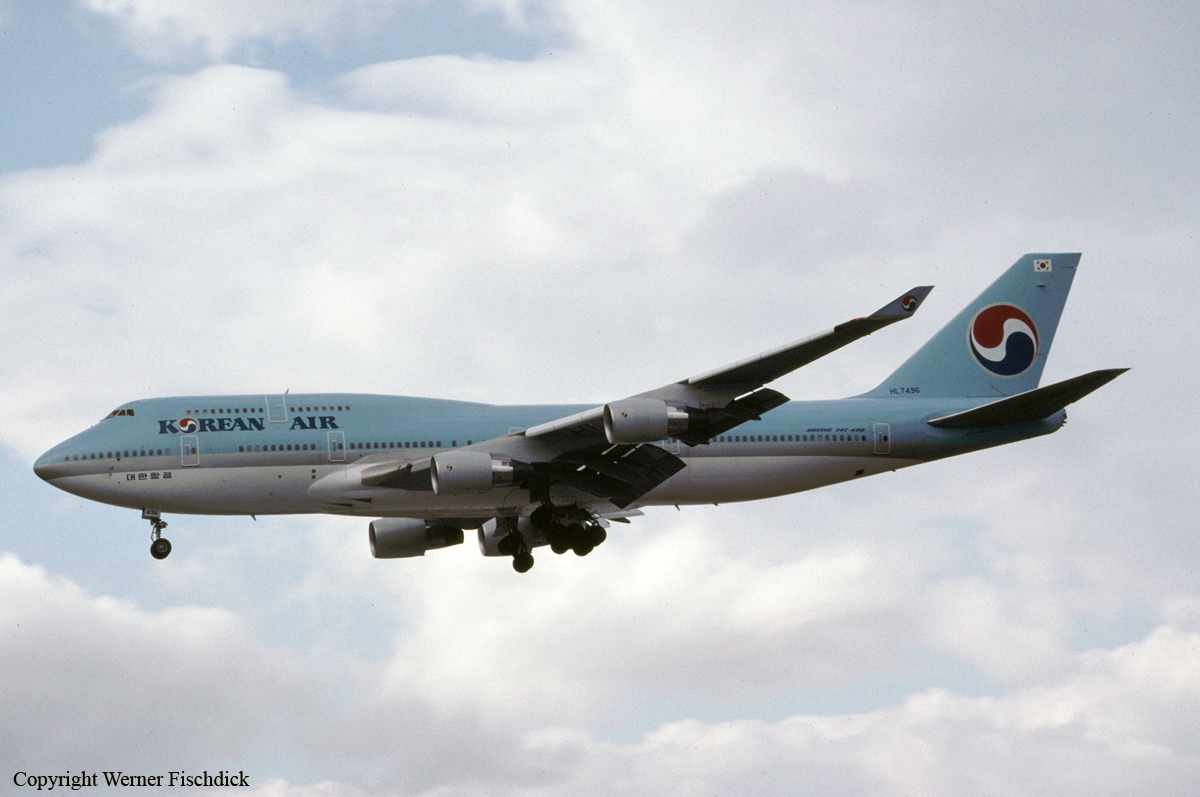
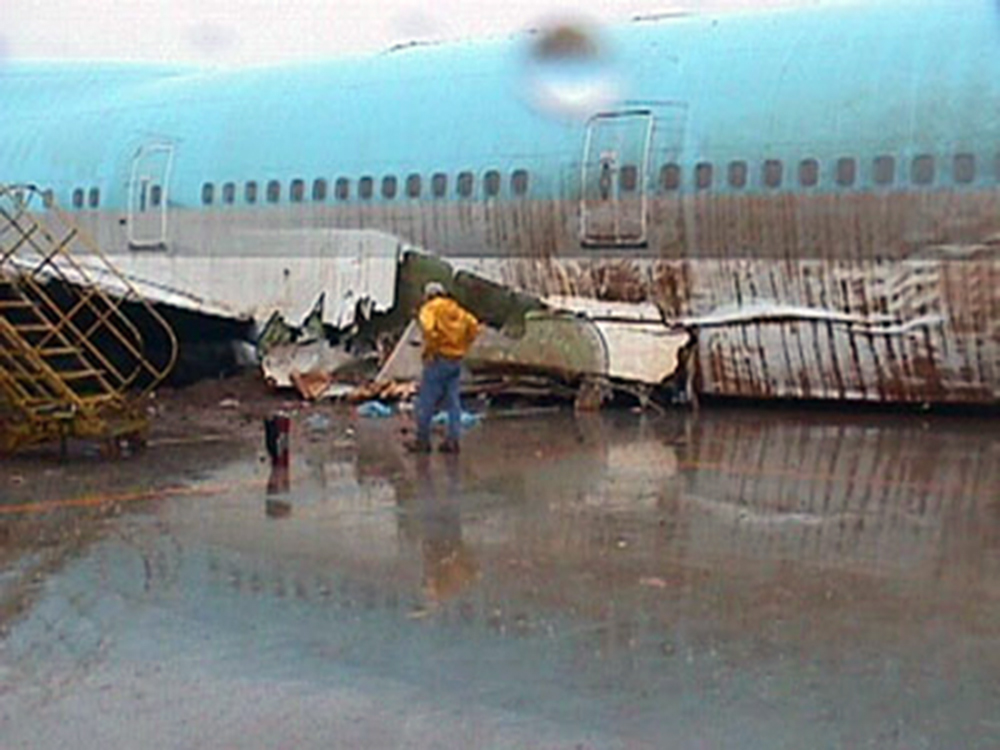
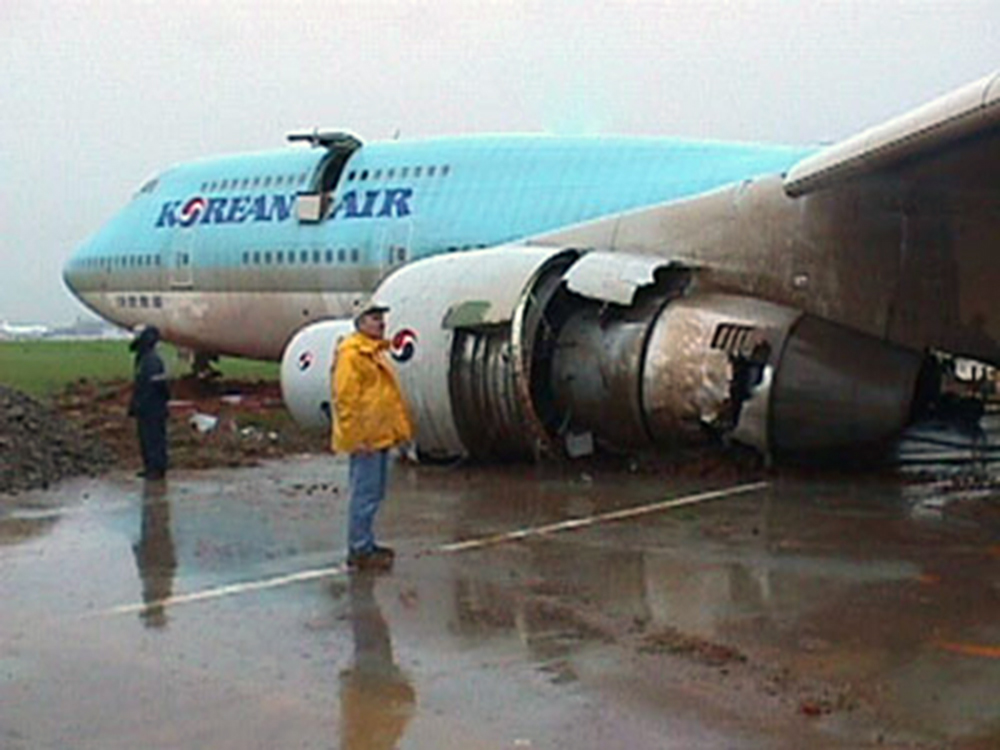
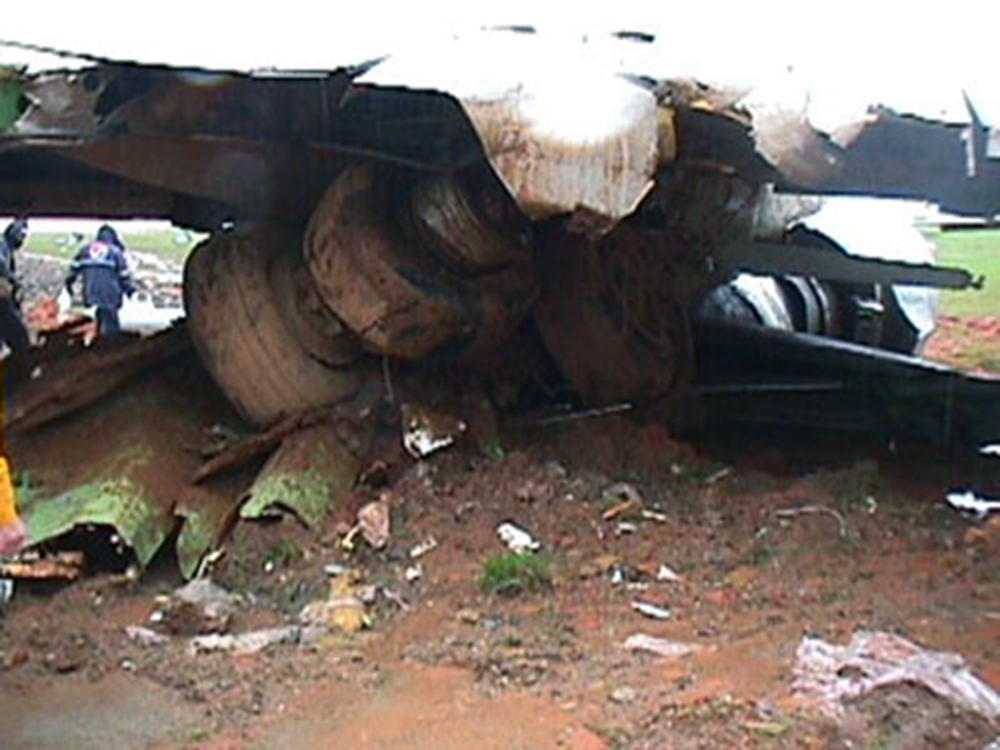
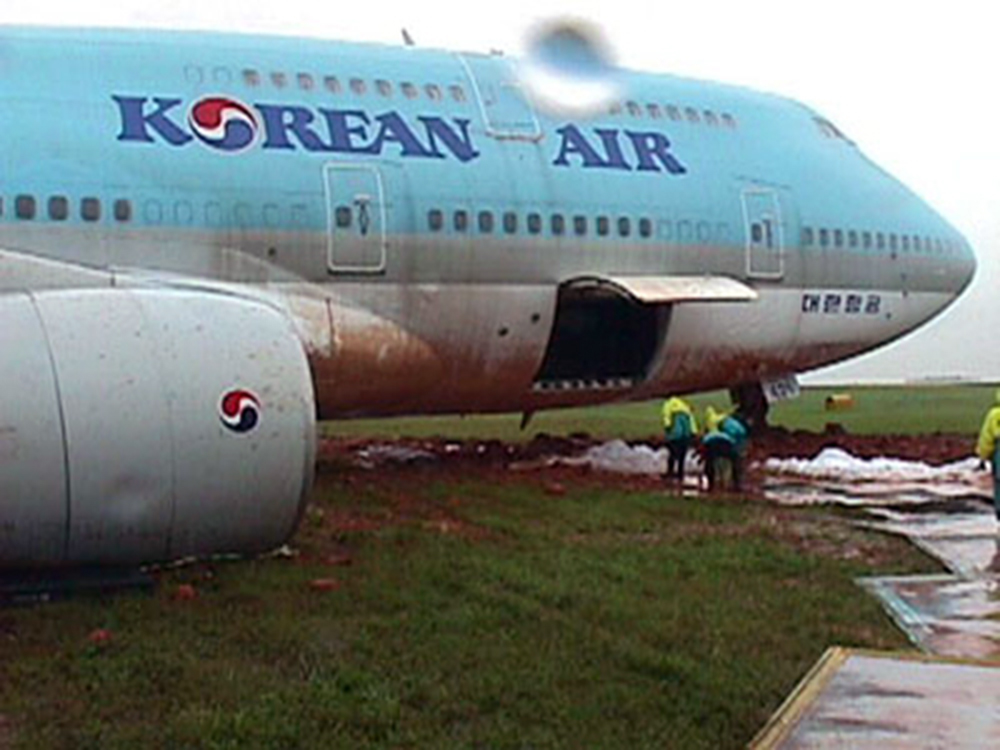
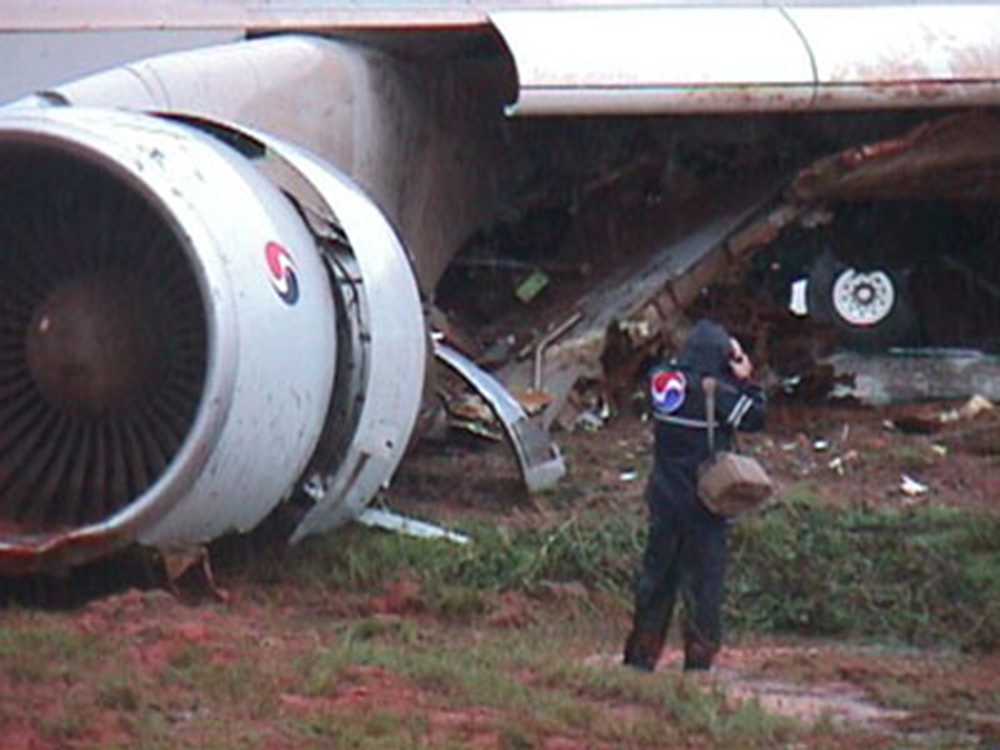
Crash of a Fokker F28 Fellowship 4000 in Seoul
Date & Time:
Nov 25, 1989 at 0748 LT
Registration:
HL7285
Survivors:
Yes
Schedule:
Seoul - Ulsan
MSN:
11221
YOM:
1985
Crew on board:
6
Crew fatalities:
Pax on board:
42
Pax fatalities:
Other fatalities:
Total fatalities:
0
Circumstances:
During the takeoff roll at Seoul-Gimpo Airport, the left engine lost power and severe vibrations were encountered. The captain decided to abandon the takeoff and initiated an emergency braking procedure. Unable to stop within the remaining distance, the aircraft overran, lost its undercarriage, cartwheeled and came to rest, bursting into flames. All 48 occupants were evacuated, among them 21 were injured. The aircraft was totally destroyed.
Probable cause:
It was determined that the loss of power on the left engine was the consequence of ice that detached from the left upper wing and went into the engine. This caused the high pressure compressor to stall, followed by vibrations and a loss of directional control.
The following contributing factors were reported:
- Poor flight preparation on part of the flying crew,
- The aircraft has not been properly deiced prior to takeoff.
The following contributing factors were reported:
- Poor flight preparation on part of the flying crew,
- The aircraft has not been properly deiced prior to takeoff.
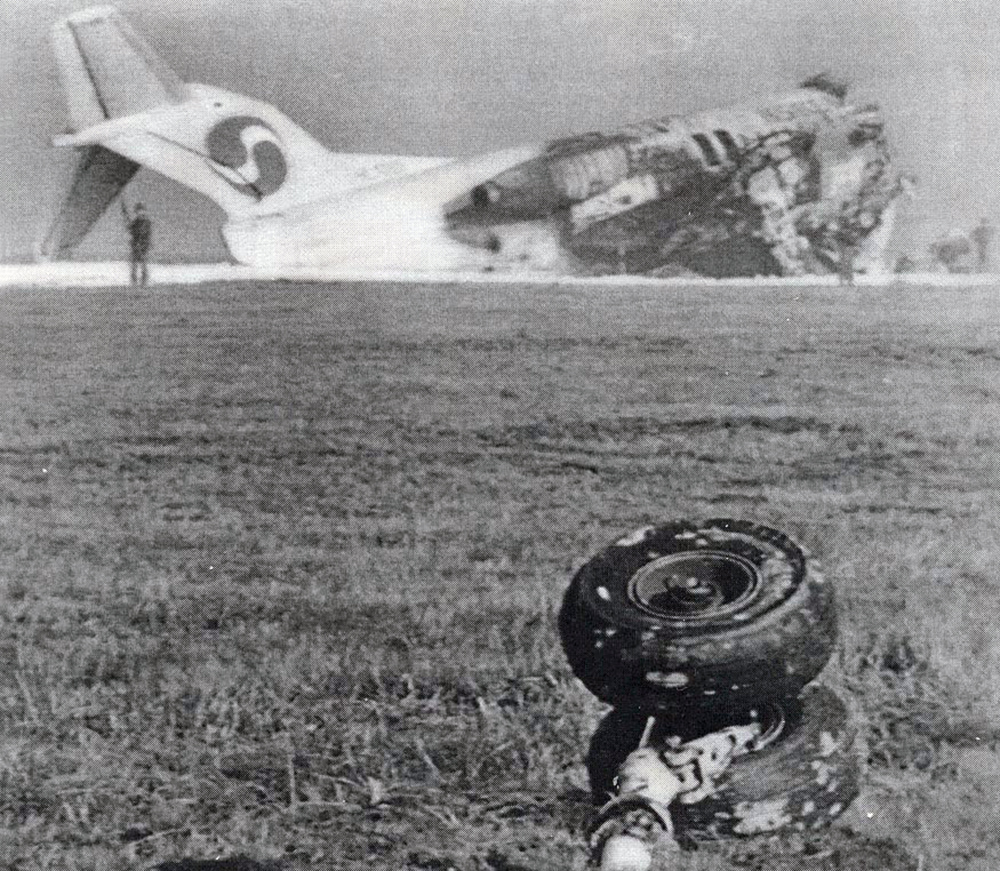

Crash of a Boeing 747-2B5B in Seoul: 14 killed
Date & Time:
Nov 18, 1980 at 0725 LT
Registration:
HL7445
Survivors:
Yes
Schedule:
Los Angeles – Anchorage – Seoul
MSN:
21773
YOM:
1979
Flight number:
KE015
Crew on board:
13
Crew fatalities:
Pax on board:
213
Pax fatalities:
Other fatalities:
Total fatalities:
14
Circumstances:
Following an uneventful flight from Los Angeles via Anchorage, the crew started the approach to Seoul-Gimpo Airport in the early morning, just after sunset. On final to runway 14, with a limited visibility of 1,000 meters due to patches of fog, the crew failed to realize his altitude was insufficient when the airplane landed 90 meters short of runway threshold. Then the aircraft struck a concrete wall, causing all main gears to be torn off or to pushed back in their respective wheel well, except the nose gear which remained intact. The airplane slid on its belly for about 1,200 metres before coming to rest in flames on the left side of the runway. 14 occupants escaped uninjured while 198 others were injured. Unfortunately, eight passengers and six crew members, among them both pilots, were killed. The aircraft was destroyed by a fire that probably ignited in a cargo compartment.
Probable cause:
Wrong approach configuration on part of the flying crew who continued the approach below the glide without any visual contact with the ground until the airplane struck the ground short of runway.
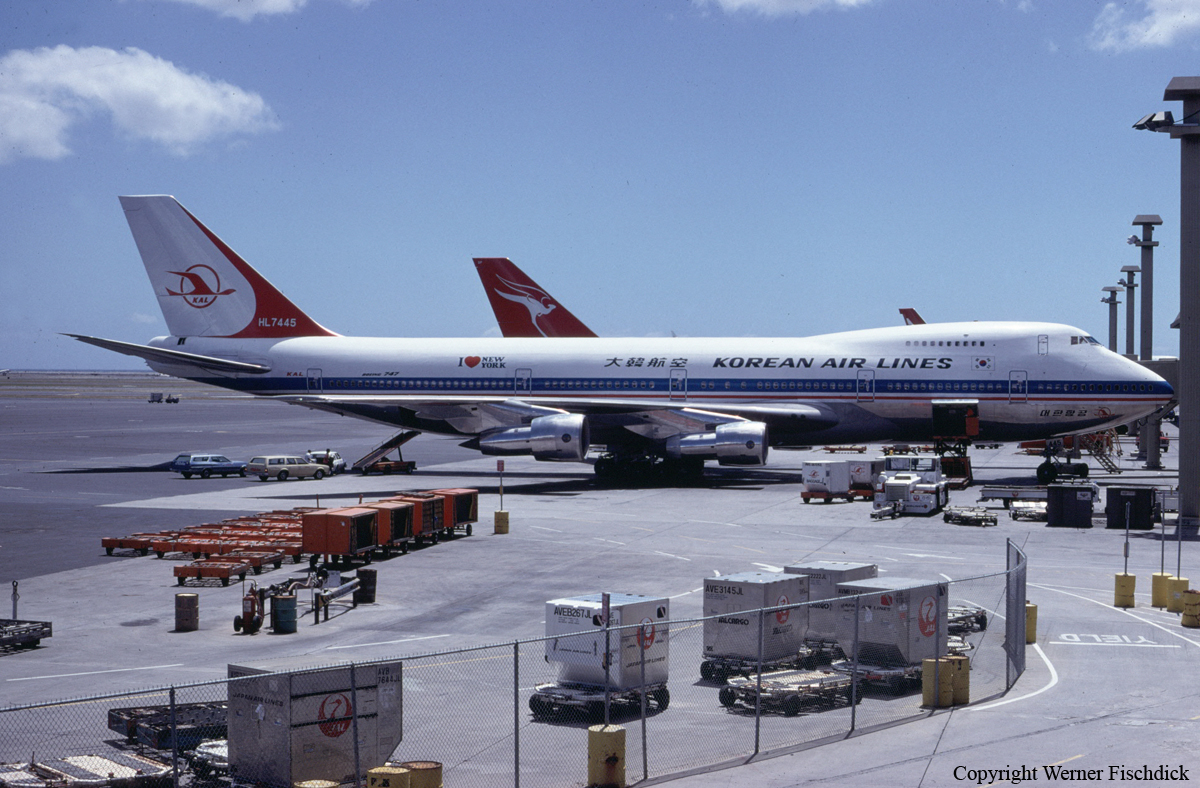
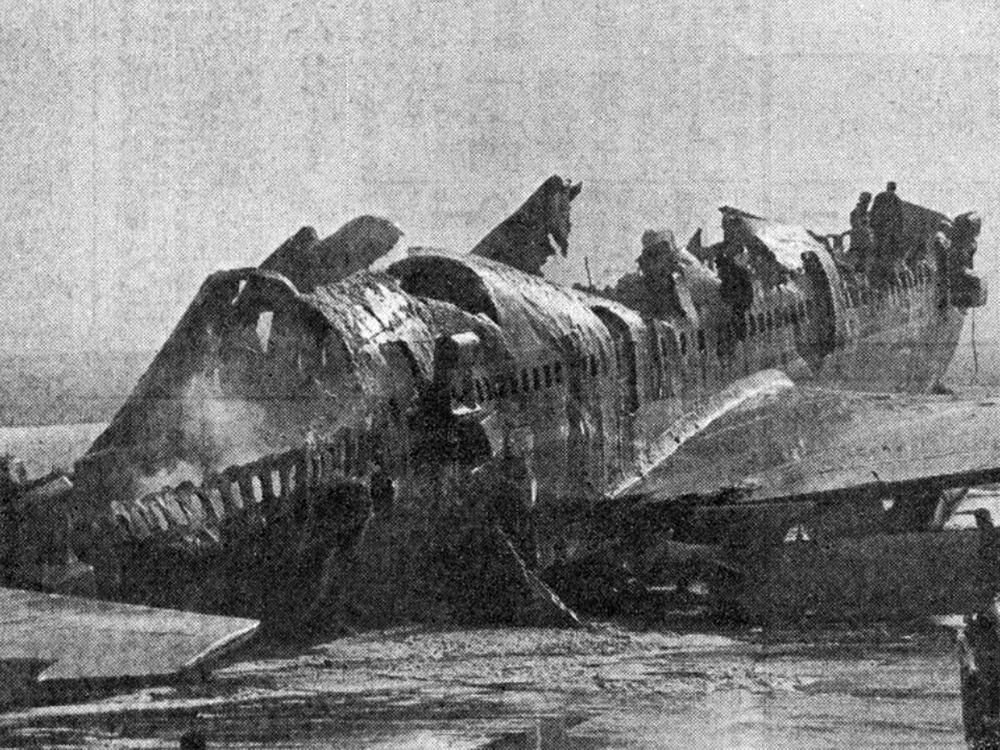
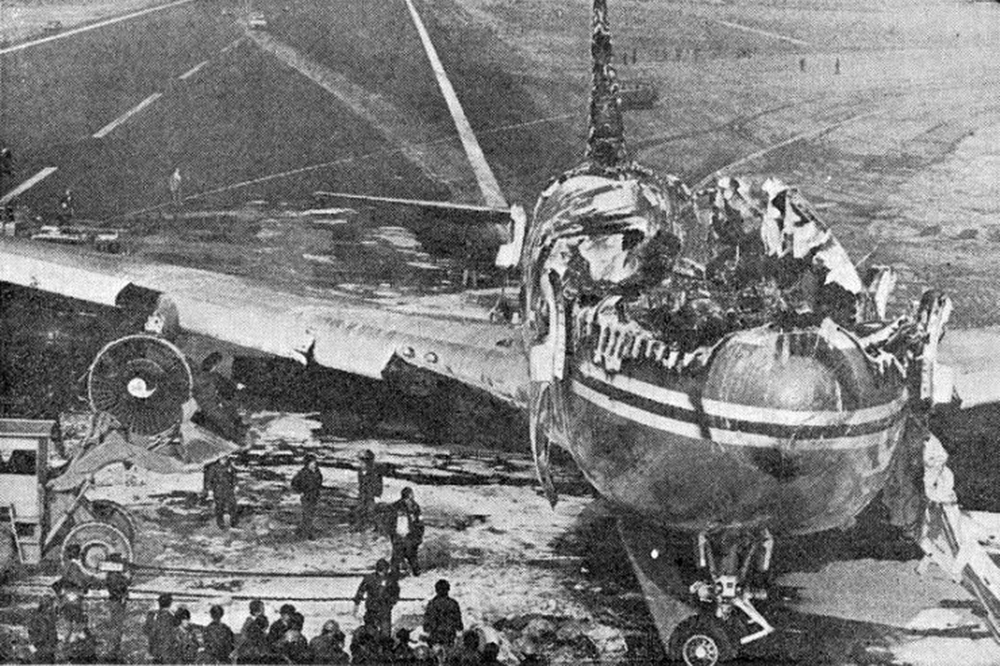
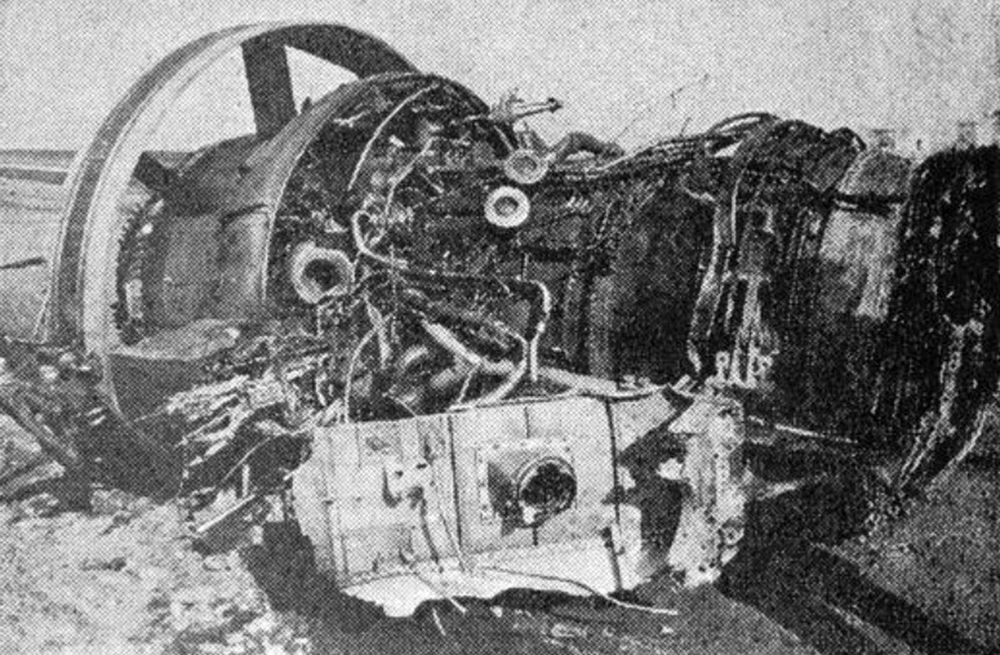
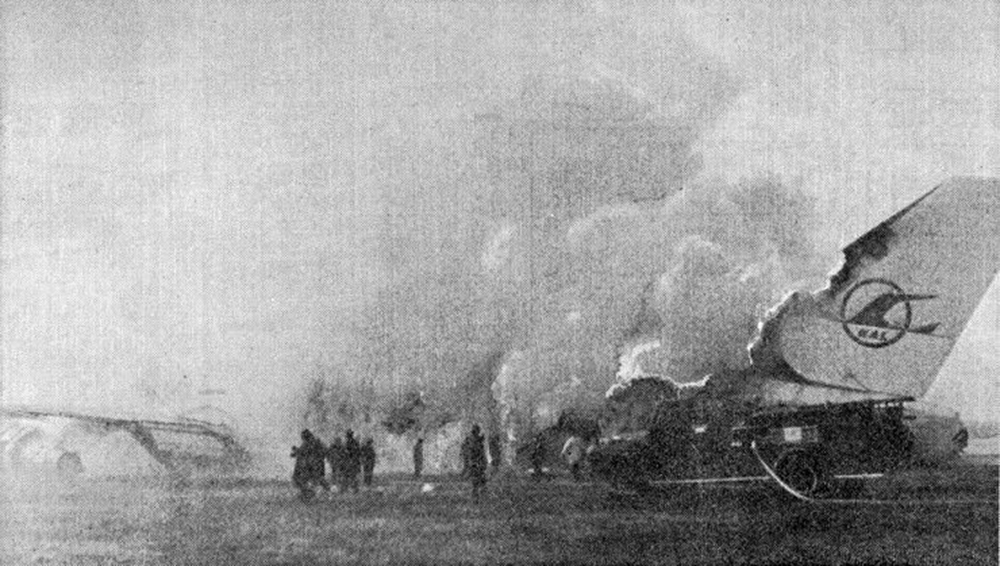
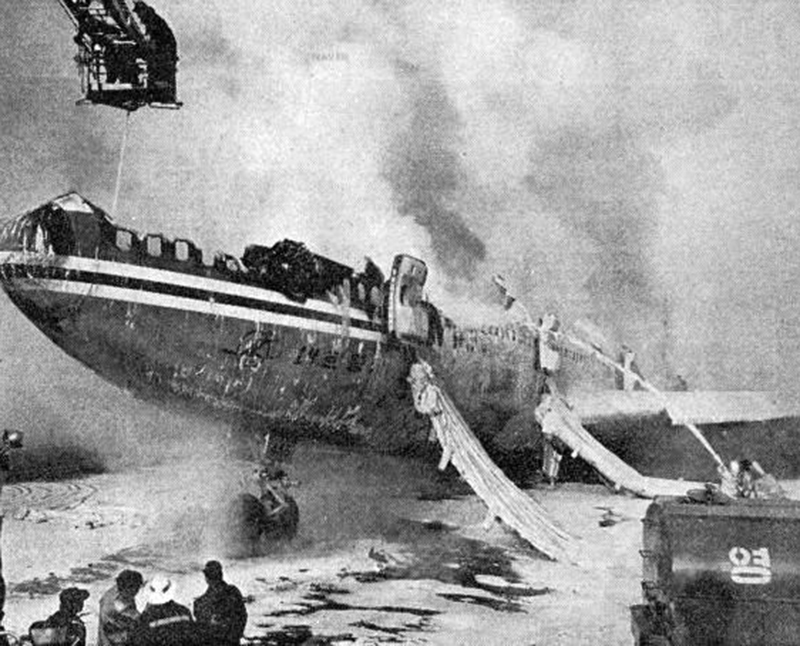

Crash of a Curtiss C-46 Commando in Seoul: 59 killed
Date & Time:
Apr 8, 1967 at 1100 LT
Survivors:
No
Schedule:
Seoul - Daegu
Crew on board:
3
Crew fatalities:
Pax on board:
12
Pax fatalities:
Other fatalities:
Total fatalities:
59
Circumstances:
After takeoff from Yeouido AFB in Seoul, while climbing to Daegu in poor weather conditions, the captain informed ATC about the failure of the left engine and elected to return for an emergency landing. Shortly later, the airplane went out of control and crashed in a huge explosion in the district of Kum Ho-Dong. The aircraft disintegrated on impact and several houses and buildings were destroyed. All 15 occupants were killed as well as 44 people on the ground. 120 other people were injured, 23 of them seriously. At the time of the accident, weather conditions were poor with fog and drizzle.
Probable cause:
Failure (fire) of the left engine during initial climb for unknown reasons.
Crash of a Douglas C-124A-DL Globemaster II in Seoul: 22 killed
Date & Time:
Feb 22, 1957 at 1956 LT
Registration:
51-0141
Survivors:
Yes
Schedule:
Seoul – Tachikawa
MSN:
43475
YOM:
1951
Flight number:
MATS503
Crew on board:
10
Crew fatalities:
Pax on board:
149
Pax fatalities:
Other fatalities:
Total fatalities:
22
Captain / Total hours on type:
6680.00
Copilot / Total hours on type:
67
Circumstances:
Shortly after takeoff from runway 32 at Seoul-Gimpo Airport, while in initial climb, a propeller blade on the engine number three detached, struck the fuselage and penetrated the cabin, killing four passengers instantly. Doing so, the ailerons and rudder cables were cut. Before the crew would be able to shot down the engine number three and to feather its propeller, both other blades detached and struck the engine number four. The crew contacted ATC and received the permission for an emergency landing on runway 14. Shortly later, the airplane went out of control and crashed in flames in a canal located near the Han River, about 15 km north of the airport. 24 people were injured while 113 other were unhurt. Unfortunately, 22 occupants were killed, among them three crew member of which both pilots.
Those killed were:
Sp2 Francisco Aguilar,
Sp3 Eugene T. Arold,
2nd Lt Bruce E. Barstow,
Maj Ansel L. Boiter, pilot,
1st Lt Frederick L. Boudreau,
Pfc Stephen A. Bowcock,
Pfc Caldwell Brown Jr.,
Pfc Merle J. Brown,
Pfc J. L. Collaro-Gonzalez,
2nd Lt Edwin Harold Glass,
Pfc George A. Hills,
Gerald Junkroski,
Sp3 Avery L. Meeker,
Sgt Ralph Edward Myers,
Cpt Robert L. North, copilot,
Cpt Andrew L. Opiela,
Sfc Lewis P. Partin,
1st Lt Jack G. Stone,
Pfc Jan Martin Wallis,
1st Lt Paul B. Warner,
M/Sgt Joe Neal White,
Sfc Harry E. Witherell.
Those killed were:
Sp2 Francisco Aguilar,
Sp3 Eugene T. Arold,
2nd Lt Bruce E. Barstow,
Maj Ansel L. Boiter, pilot,
1st Lt Frederick L. Boudreau,
Pfc Stephen A. Bowcock,
Pfc Caldwell Brown Jr.,
Pfc Merle J. Brown,
Pfc J. L. Collaro-Gonzalez,
2nd Lt Edwin Harold Glass,
Pfc George A. Hills,
Gerald Junkroski,
Sp3 Avery L. Meeker,
Sgt Ralph Edward Myers,
Cpt Robert L. North, copilot,
Cpt Andrew L. Opiela,
Sfc Lewis P. Partin,
1st Lt Jack G. Stone,
Pfc Jan Martin Wallis,
1st Lt Paul B. Warner,
M/Sgt Joe Neal White,
Sfc Harry E. Witherell.
Probable cause:
Loss of a propeller blade on engine number three during initial climb.
